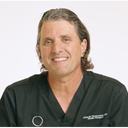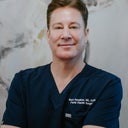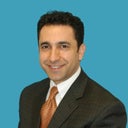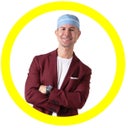Hi, I have performed many SMAS facelifts for over 30 years and have performed many minimally, invasive SMAS facelifts. From the photos (at 4 weeks post op), the lumps may require some intervention. Follow up with your facelift surgeon, hand held ultrasound can help. The issue is with the unreliable nature of fat when used for facial shaping.




